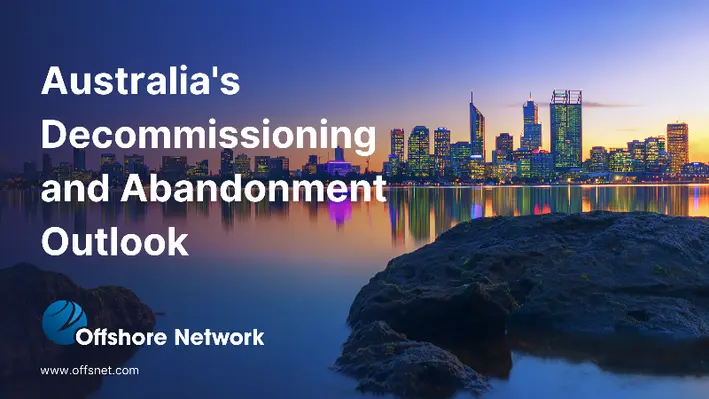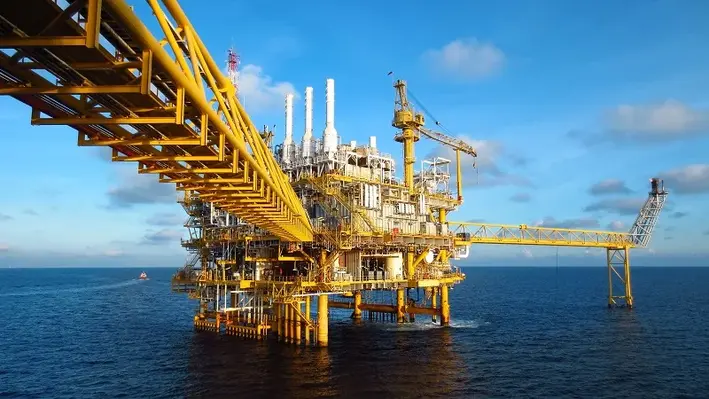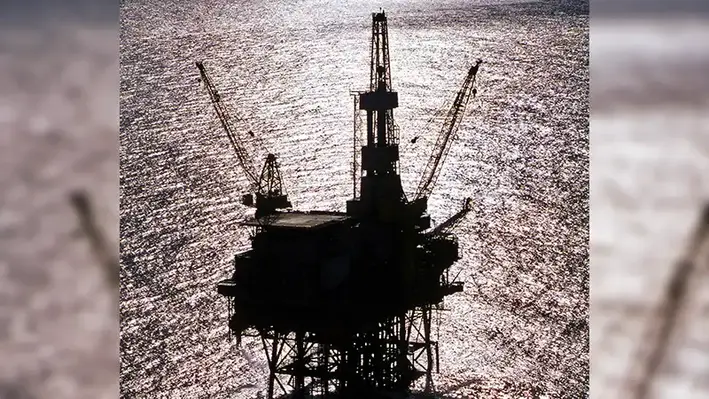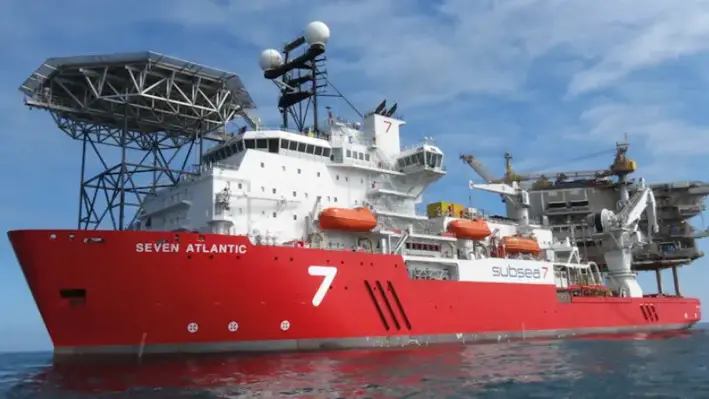 Pressing climate concerns and an overall healthy oil price across 2022 have set the stage for Australia's decommissioning industry to flourish, according to a new report published by Offshore Network.
Pressing climate concerns and an overall healthy oil price across 2022 have set the stage for Australia's decommissioning industry to flourish, according to a new report published by Offshore Network.
Reports estimating that oil prices through 2027 will stay at a healthy rate of approximately US$90 per barrel bodes well for the decommissioning industry as companies can consider liability expenses even more open-handedly.
The government-backed Northern Endeavour project has triggered a flurry of decommissioning prospects to swing into action; a trend that is expected to continue over the next few years. Because of this, promising engineering companies like Wood and Monadelphous are being shot into the limelight, as the government onboarded them for various roles on the Northern Endeavour decommissioning.
Companies like Santos, Woodside, BHP and Vermillion Energy have signed up for kick-starting end-of-life activities, with ExxonMobil leading the way. Chevron has ongoing decommissioning projects onshore and offshore at Thevenard Island, which was rendered inactive in 2014. NOPSEMA has granted decommissioning approval to companies like Woodside, BHP and Cooper Energy early last year. Decommissioning activities in the Enfield Oil Field are being conducted by Woodside in phases, and is expected to be completed by 2024. Australia is financing research initiatives and organisations are tying up to tackle the challenges of decommissioning through knowledge sharing. Xodus, along with ANSTO, SA Radiation, Total Hazardous Integrated Solutions and Qa3, form the Contaminant Advisory Group that helps operators to work through the government’s OPGGS bill.
This flurry of activity has been prompted by a government determined to ensure that decommissioning responsibilities are carried out. The new Offshore Petroleum and Greenhouse Gas Storage Amendment (Titles Amendment and other Measures) Act 2021, makes sure the entities intending to carry out petroleum or greenhouse gas activities are capable, competent and responsible in proper discharge of obligations under the act.
The Centre of Decommissioning Australia (CODA) has estimated the decommissioning expenses of the Australian oil and gas industry to reach as high as US$40.5bn, considering the nation's significant asset stock. According to a report by Rystad Energy, 890 offshore wells in total were drilled in Australia before 2015, of which 108 have been permanently abandoned. Around 440 wells are P&A candidates, the majority of which are in the Gippsland Basin.
Based on the identified numbers, CODA has come up with a comprehensive liability report, to serve as the go-to manual for operators when it comes to making smart economical choices. Critical to this, as stressed by Francis Norman, CEO and Managing Director of CODA, is the importance of collaborative campaigning and in-situ decommissioning as effective cost-cutting measures.
Players like CODA are guiding the Australian decommissioning industry through the climate conundrum through strikingly innovative approaches. One of them is the rig-to-reef concept, which involves a special combination of materials that resulted in the Exmouth Integrated Artificial Reef, better known as the 'King Reef' in the Exmouth community. It combined 49 purpose-built concrete modules with six steel structures from a BHP-operated field that is no longer in use, providing home to 27,000 cu/m of new marine habitat. As incredible as that sounds, operators must have clarity about the risks involved as well, so that they can keep pushing barriers through innovation.
With every stakeholder working in tandem and taking onboard lessons from other more developed regions, the Australian industry can ensure that the forthcoming decommissioning wave can be weathered.




